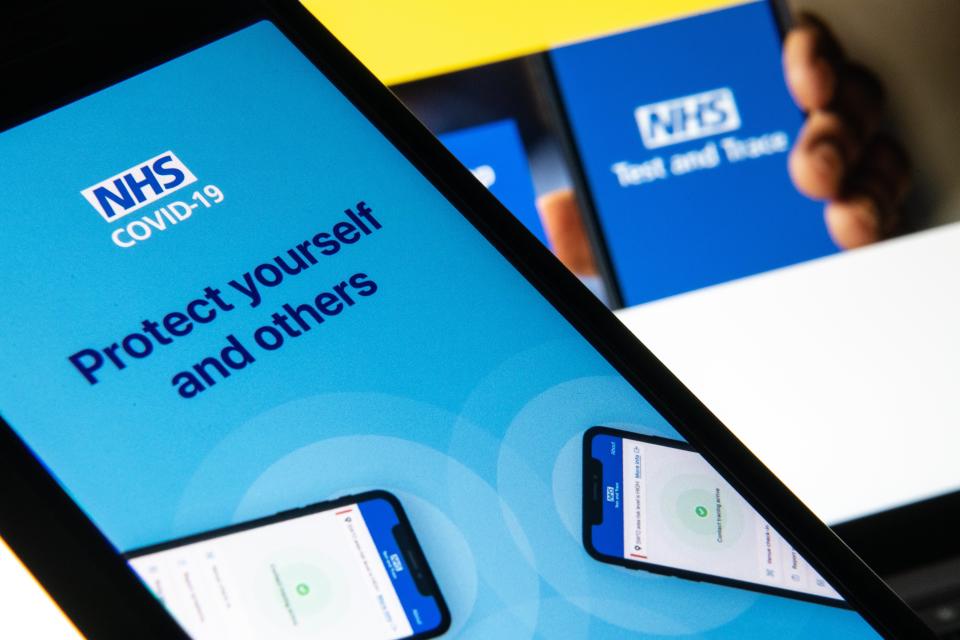NHS coronavirus app: How to download and use track and trace tool, as release date finally arrives

The official coronavirus is finally arriving, months after it was supposed to be released.
The tool – available for iPhone and Android – is intended to help the country stop the spread of the virus as part of the government's response to the pandemic.
It has gone through extensive testing and redesigns and is now available anyone in England and Wales from 24 September.
How do I get the app?
The app can be downloaded like any other. The easiest way is to head to the app store on your phone and search for it: putting in “NHS COVID-19” should bring it up.
That is the app’s official name, though it has been called many other things during its development. So keep an eye out for that specific app – and avoid the many others that will come up under that search term, which includes the Scottish equivalent named "NHS24:Covid-19" and the “NHS App” which covers the health service more generally.
Once it is downloaded, open up the app and follow instructions. It will give you some information about what the app will do, take your permission to track you in the background, and then will get to work.
It is possible that you will run into problems installing it. Tight integration with both iOS and Android, which provides the contact-tracing capability that underpins the app, mean that it can only be used on newer versions of the operating system, and so older phones may be unable to install it – there is no way around this issue.
What do I do with it?
At least for the moment, not all that much. The app is primarily developed to work in the background and without your input, though that might change in the future.
As it works in the background, the app will be listening out for contact-tracing alerts. If your phone detects that it was in contact with a phone owned by somebody who has tested positive for coronavirus, it will give you an alert that will also include official advice about what you should do.
It will also occasionally receive updates on your postcode’s “risk level”, which is determined by the government by looking at official data. You will receive an alert if that changes, and should be provided with information about what other rules and guidance that change might bring.
You can also use the app in more active ways, if you think you might have been exposed to covid-19. The app lets you report symptoms, book a test, and provides a self-isolation countdown that will alert you when the period is over.
You can also use the app to scan official NHS QR code posters that are set to be distributed through venues such as shops, restaurants, religious centres and sports stadiums. Those codes are limited for the time being, but once they start to arrive, you can scan the app so that it will know you were there – if, afterwards, it turns out that other people tested positive after being in the same area, you’ll receive an alert.
It is possible to switch off the contact-tracing part of the app through a toggle at the bottom of the screen. Official guidance recommends that this is done in limited situations where those contacts might not actually be spreading the disease – when health workers are using PPE, if you are protected by a screen that keeps you fenced off from other people, and if a phone is being left in a communal area where it might pick up false positives – but the option is available at any time, and so can theoretically be used if you ever want to switch it off for any other reason.
Read more
UK coronavirus cases reach 6,000 – highest level since 1 May

 Yahoo Finance
Yahoo Finance 